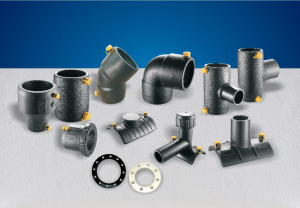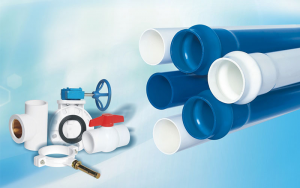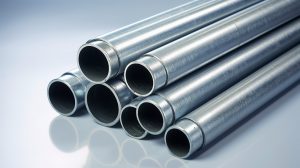When it comes to drainage or any sort of underground system it’s vital to find a way to provide easy access for maintenance. And inspection chambers exist precisely to provide this utility.
If you want to know more about inspection chamber installation or general information on the topic you are in the right place. Today we’ll go over all the fine details you need to know to make the most of any drainage system your projects might need.
What is an Inspection Chamber?
So what exactly is an inspection chamber? An inspection chamber is part of a drainage system made of a base that connects pipes and whose height is customizable based on the user’s need. On top of this fixture, you’ll find a manhole cover to protect the system and civilians from unauthorized entry.
Inspection chambers provide an access point for experts to clean, inspect or provide maintenance to a drainage system as needed. While also ensuring that no unexpected accidents happen due to any open spaces in the underground system. That said it’s important to note that not all manhole covers lead to an inspection chamber as we’ll see below.
When should you install an inspection chamber?
Inspection chambers are a useful tool to inspect and clear any clogs in superficial drainage systems, so they should be installed if the design of the pipes leads to situations where you want to keep a close eye on the system.
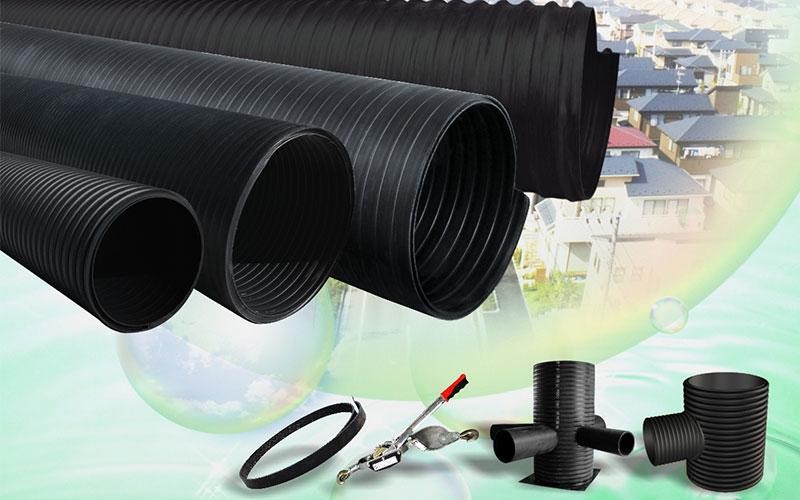
As such if any of the following ring true it’s a good idea to install a chamber in your drainage:
- If the piping has a straight run that goes over 22 meters.
- If there’s any change in pipe size in the system.
- If there’s a change in direction by more than 30 degrees horizontally.
- If a branch pipe happens to join the main drainage run
In short, if any part of the drainage causes additional tension or pressure on the overall system you should install a chamber to provide easy access. This will allow you or any technicians to handle any future issues like blockages without hassle.
How deep should an inspection chamber go?
As a general rule of thumb, plastic inspection chambers are rarely installed at a depth beyond 2 meters. While it is possible to install a chamber up to 3 meters deep, but this requires some modification. Chambers at this depth demand the installation of a chamber reducing ring, which makes the opening much smaller and as such protects any people passing by.
In most cases however you’ll see chambers installed at a depth of 0.6 meters to 1.5 meters based on the specifications of each model. The reason why chambers are generally installed at such shallow distances is a combination of usability and safety. if they were any deeper then civilians would be at risk in the case one wasn’t properly sealed. Similarly, as the openings are so small if they were so deep it’d prove impossible to do any maintenance from such a limited space.
There is a tip when installing inspection chamber. When installing the pressure ring, a clearance of more than 300mm should be reserved between the pressure ring and the wellbore to avoid direct force on the inspection well due to the settlement of the pressure ring.
Should a chamber be concreted in?
One of the main questions when it comes to how to lower an inspection chamber is the nature of its base. Preparing the proper space to install a chamber is vital to its proper functioning so you must be aware of all the details.
An inspection chamber should have a bed of brick or concrete as well as abundant backfilling for the stability of the pieces and to avoid deformation. It is recommended if the area where the pipes are is expected to see heavy-duty traffic. In these cases, it’s a good idea to concrete in your chamber to protect its integrity from the heavy load.
Which depth for which chamber?
The proper depth for each inspection chamber depends on the size of the model, as the dimensions of the chamber define the ease of use as well as the depth that is considered safe for it.
Small inspection chambers with a diameter of up to 300mm are meant to go up to 0.6m deep. As the opening is so narrow there would be no use in installing the system any deeper, as it would be impractical for any specialist or technician who needs to use it.
Standard chambers with a diameter of up to 450mm can be installed up to 1.2m deep. This size combination usually provides all the access that could be needed, while ensuring that kids won’t get hurt in the case they find the manhole open.
What are the functions of plastic inspection chamber?
As the name implies the main function of inspection chambers is to provide an easy way for local authorities or specialists to inspect the state of the system and provide maintenance in the case an issue like a blockage appears.
When you need to inspect and clear any clogs in superficial drainage systems, or you want to keep a close eye on the system. Just try the inspection chambers.
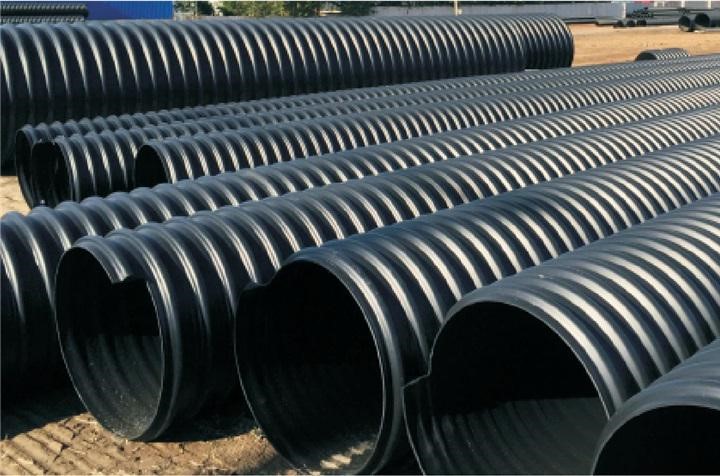
Inspection chambers are more often used by city or municipality employees to check the state of the pipes, and as such determine whether any potential blockage is found on the private or public portion of the drainage system.
On top of that inspection chambers provide a direct opening to clean and remove any blockages. Inspection chambers are the perfect place to use drainage rods and an expert team can easily fix most flow issues simply from the opening chambers provide.
Providing a simple yet effective to overlook and maintain a pipe system is the main function of any inspection chamber, and this makes them one of the most reliable tools you can rely on.
Especially, plastic inspection chambers ensures 100% sealing. They are environment friendly and are ompatible with different piping systems due to its flexible structure.
Let's sum it up
Inspection chambers are in general a small window to the inner workings of a drainage system. Thanks to these openings it’s possible to have direct access to the inner working of the pipes and as such fix any potential issues without the need to break apart the concrete or floor every time.
If you are looking for inspection chambers then you should check LESSO’s selection. Their plastic inspection chambers are widely used in industrial settings and are made to the company’s high standards. LESSO has become synonymous with quality and affordable prices and their extensive experience in drainage systems backs up their claim.
Recommend Reading

A Guide on Selecting and Using PE Electrofusion Pipe Fittings
Electrofusion joints are a technology that uses the heat energy generated by electric current to fuse and connect plastic pipes and fittings. They enable and ensure fast, consistent,
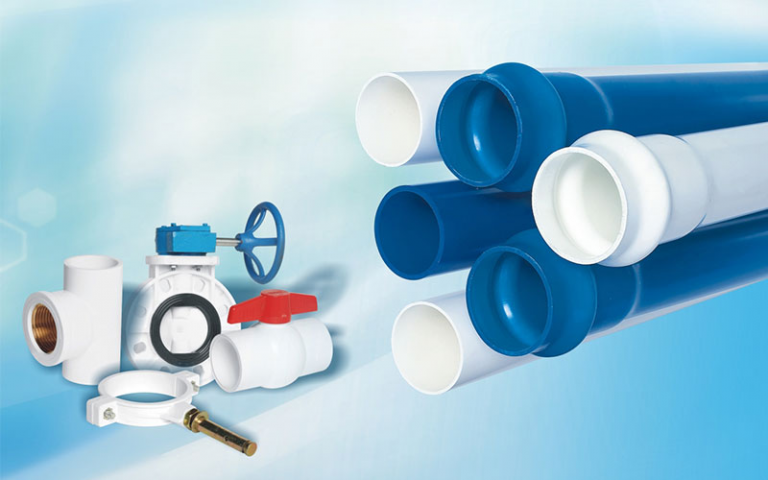
PVC vs. HDPE Pipes: What Are the Differences?
Plastic pipes play a crucial role in modern construction and industry due to their corrosion resistance, lightweight, long service life, etc. They are widely used



